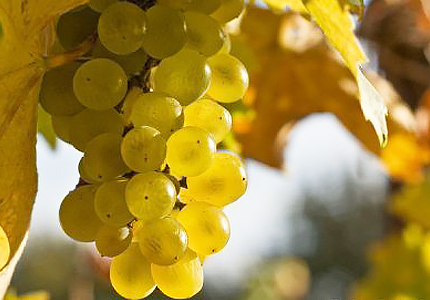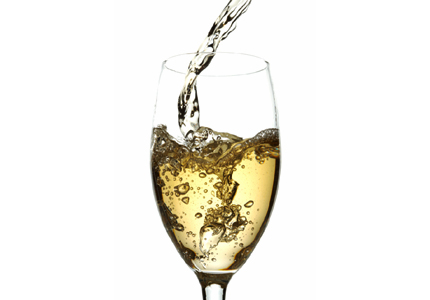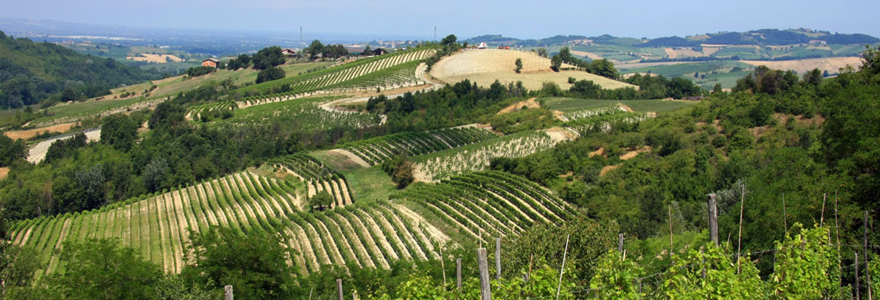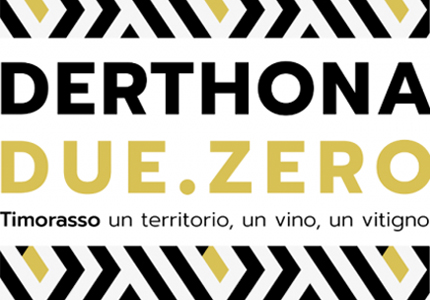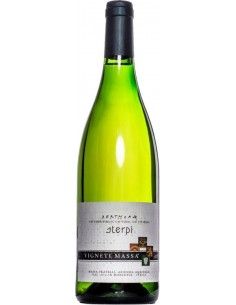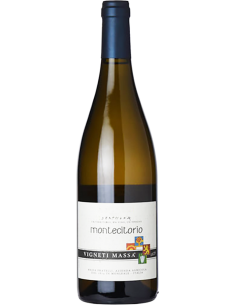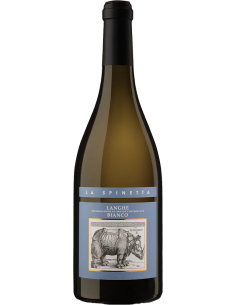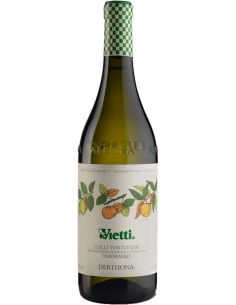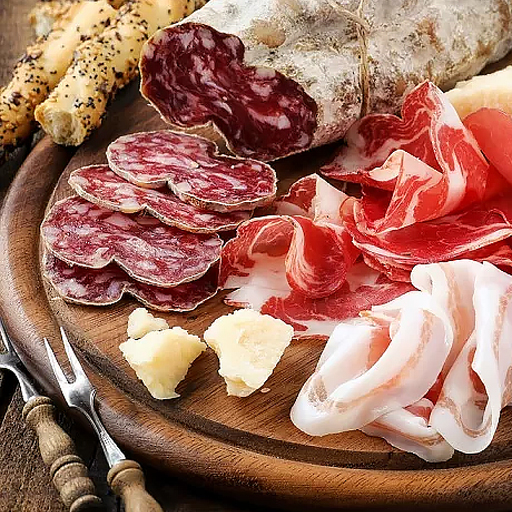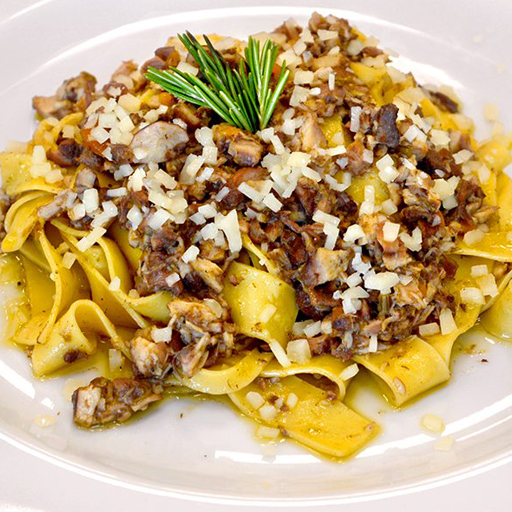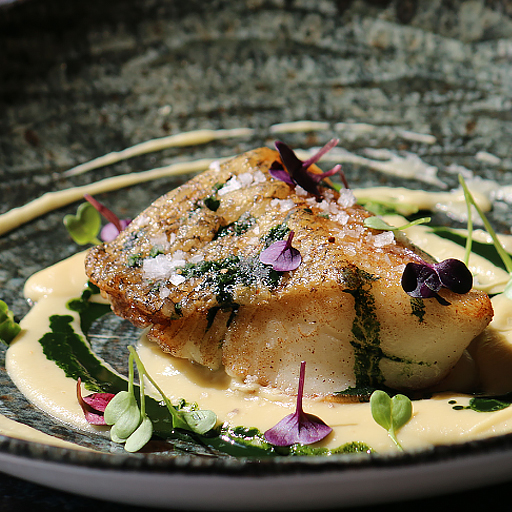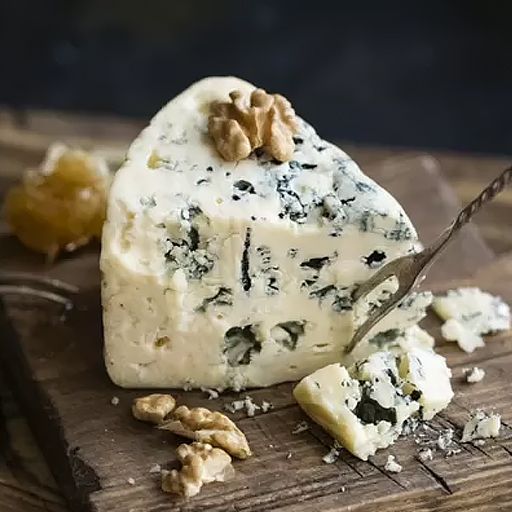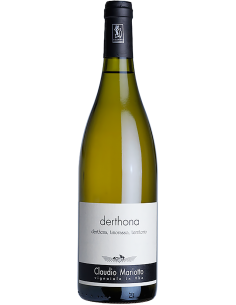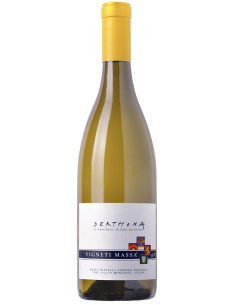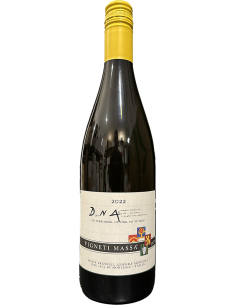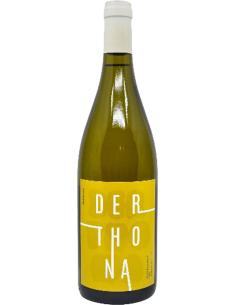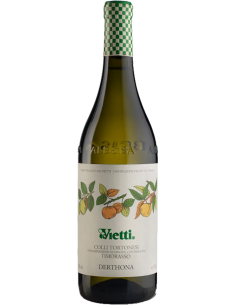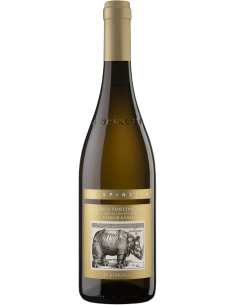-
All Products
TypeWineriesItalyRest of the WorldGreat Wines
- Barolo and its Crus
- Bolgheri
- Bordeaux and the French Bordelais
- Brunello di Montalcino iconic
- Chianti ancient tradition
- Supertuscan the Italian Bordeaux blend
- Syrah Millenary Tradition
- Great International Red Wines
- Great International White Wines
- Amarone in all its elegance
- Pinot Noir from the World
- Timorasso a jewel to discover
-
PROMOTIONS
Promotions
-
Red Wines
ITALY Top Selection Red WinesWORLD Top Selection Red Wines
-
White Wines
ITALY Top Selection White WinesWORLD Top Selection White Wines
-
Rosé Wines
ITALY Top Selection Rosè Wines
-
Sparkling
ChampagneItalian Sparkling WinesEnglish Sparkling Wines
-
Special Wines
Flavoured WinesWines in Amphora
-
Wines to Discover
Rares & AwardedBrands & MakersOrganic & Heroic
-
Spirits
Whiskey
-
Selections
Great Wines: focus onRare and Iconic WinesHeroic WinesWines to DiscoverAccessories
- Wine Makers
- .

